10 Kitchen Ingredients That Banish Body Aches Fast

Why Does My Body Ache All Over?

Body aches can come from many places, making them a common but sometimes confusing problem. Often, they happen because of something simple like the flu, working out too hard, or not drinking enough water.
However, if your aches don’t go away, it might be a sign of something more. These issues can include long-term stress, inflammation, not getting enough of certain vitamins, or poor sleeping habits.
Finding out the reason for your aches is the first step to choosing the best way to feel better.
For more detailed information on possible causes, you can explore excellent resources from the Mayo Clinic and Healthline.
Can I Find Pain Relief in My Kitchen?
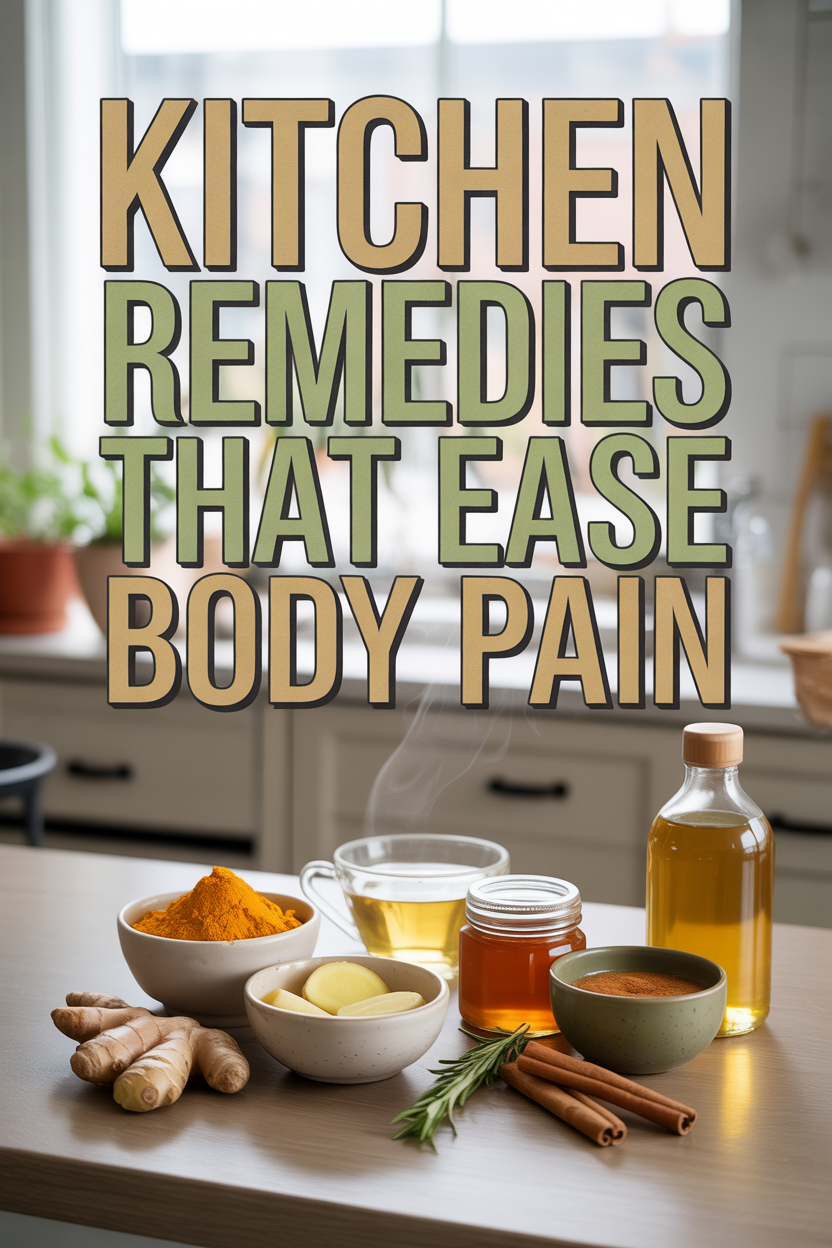
You might be surprised to find that your kitchen holds some simple, natural ways to ease your aches. Many common spices and foods have powerful ingredients that can help you feel better from the inside out.
Turmeric has an ingredient called curcumin, which is great for fighting inflammation. Adding a little black pepper to your food or a warm drink helps your body absorb it much better.
Ginger is another kitchen favorite that has been scientifically shown to soothe muscle pain. Try adding fresh ginger to your meals or sipping it as a warm, comforting tea.
A warm Epsom salt bath can be a big help. The magnesium in the salt soaks in through your skin and helps relax your muscles and ease tension.
While some people enjoy apple cider vinegar baths, there isn’t much scientific proof that they help with pain. Likewise, a mix of honey and cinnamon in tea is a traditional remedy, but its benefits are not strongly supported by research.
You can learn more about the benefits of combining turmeric and ginger for pain relief.
Which Foods Fight Inflammation and Pain?

What you eat can make a big difference with the inflammation that often causes body aches. Choosing the right foods can actively help calm the discomfort you feel.
To naturally ease this discomfort, add anti-inflammatory foods to your meals. Try to eat more berries, fatty fish like salmon, leafy greens, nuts, and olive oil.
These foods are full of natural compounds like antioxidants and omega-3 fatty acids that help your body fight inflammation.
At the same time, try to eat fewer foods that can make inflammation worse. These include processed foods, sugary snacks and drinks, and too much alcohol.
Should I Use Heat or Ice for My Aches?
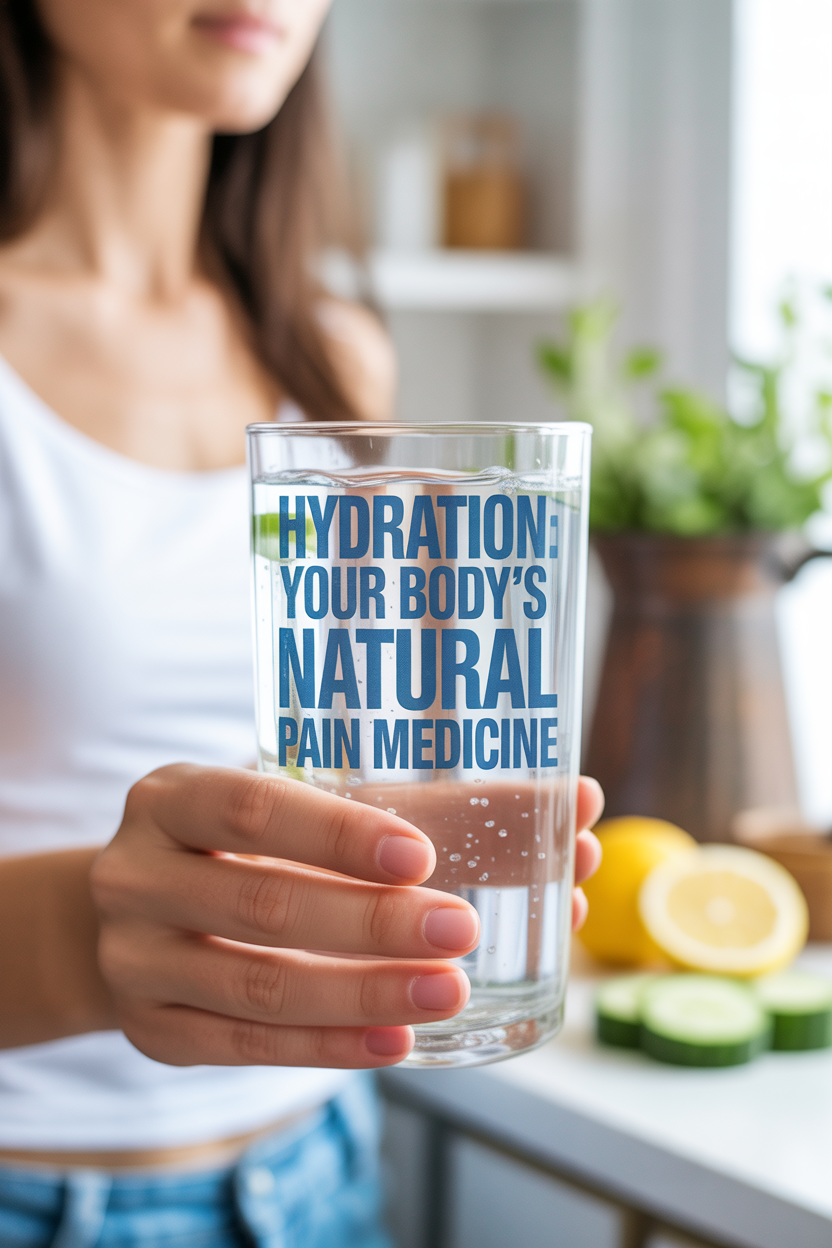
Knowing whether to use heat or ice can really change how you feel. Each one works in a different way to help with different kinds of pain.
Cold therapy, like an ice pack, is best for new injuries, especially in the first two days. It helps reduce swelling and inflammation and can numb sharp pain.
Heat therapy, from a heating pad or a warm bath, is great for aches and stiffness that have been around for a while. It increases blood flow, which helps relax tight muscles and soothe soreness.
An important rule for both is to never put heat or ice directly on your skin; always wrap it in a towel. Limit each session to 15-20 minutes to avoid irritating your skin.
For more help, Harvard Health offers a helpful guide on choosing the right method for your ache.
Could Dehydration Be Causing My Aches?
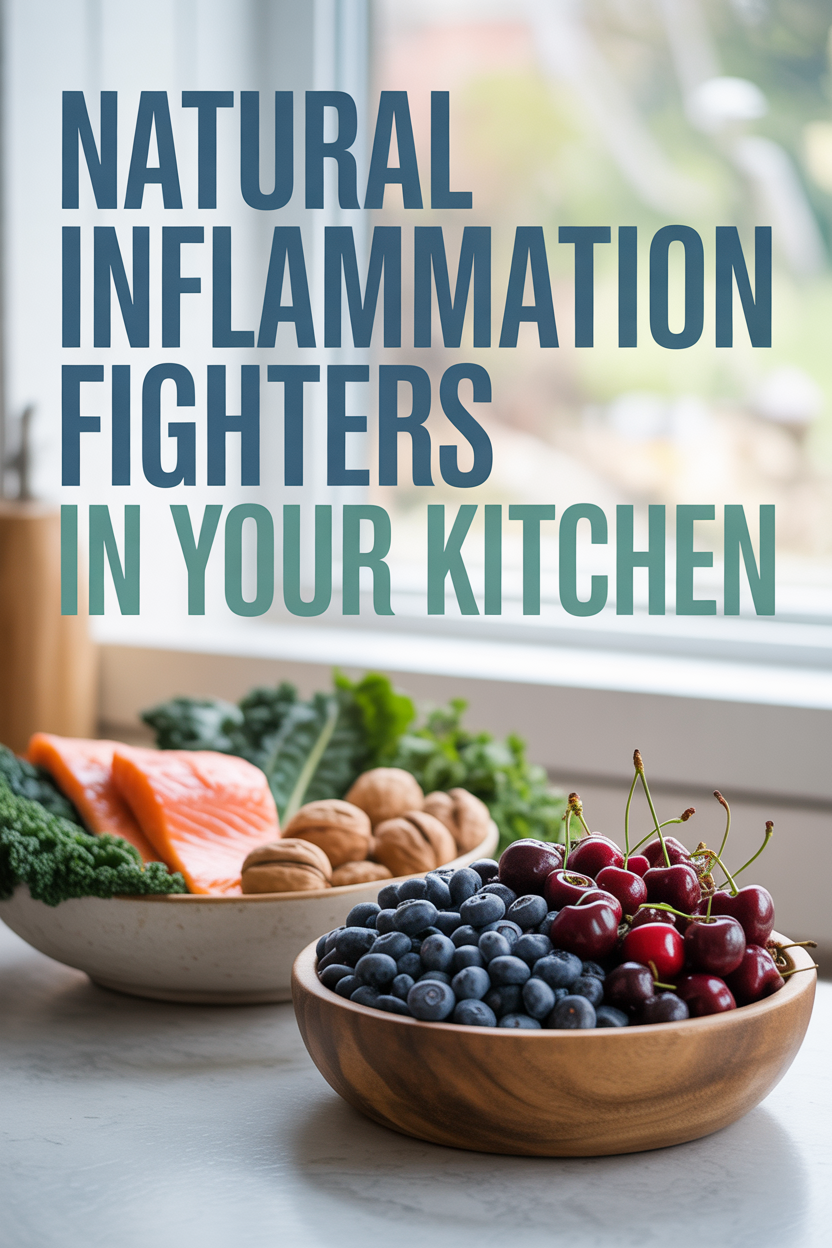
Sometimes the simplest remedy is the most effective one hiding in plain sight. Not drinking enough water is a very common but often overlooked cause of muscle cramps, aches, and joint pain.
Water is key for almost everything your body does. It helps clean out toxins, keeps your joints moving smoothly, and gets important nutrients to your muscles.
Try to drink about 8 glasses of water each day. You’ll need to drink even more if you are sick, working out, or spending time in a hot climate.
For tough workouts or when you’re sick, drinks with electrolytes can also help. They keep your muscles working correctly and prevent painful symptoms from dehydration.
Can I Find Relief with Stretches and Self-Massage?

You can ease tension and feel better right at home. All it takes is some gentle stretching and simple self-massage to soothe sore muscles.
Adding a few simple stretches to your day can improve blood flow and release tension. Try a gentle child’s pose for your back or slow neck rolls for tightness in your shoulders.
A gentle forward fold can help with tight hamstrings. Hold each stretch for about 30 seconds without bouncing. For video guides, check out these essential stretches.
You also don’t need a professional to get the benefits of a massage. Try rolling a tennis ball between your back and a wall to work out knots in hard-to-reach places.
Use your thumbs to apply firm pressure to sore spots in your feet or hands. A foam roller is another great tool for releasing tight muscles in your legs, hips, and back.
When you feel a tender spot, apply gentle pressure and breathe deeply to help the muscle relax.
What Supplements and OTC Meds Can Help?

When you need relief for stubborn pain, some over-the-counter (OTC) medicines and natural supplements can help. Let’s look at the options.
Nonsteroidal anti-inflammatory drugs (NSAIDs) like ibuprofen (Advil) and naproxen (Aleve) are popular choices. They work by reducing both pain and the inflammation that causes it.
Acetaminophen (Tylenol) is another good option that helps with pain, but it doesn’t reduce inflammation. For pain in one spot, creams with menthol or capsaicin can give targeted relief.
When you use any OTC medicine, always follow the directions on the package. WebMD has a helpful guide to these pain relievers.
Certain natural supplements have also shown they can help with body aches. Magnesium is well-known for relaxing muscles, and Omega-3 fatty acids are great for fighting inflammation.
Turmeric or curcumin capsules can also provide strong anti-inflammatory effects. You can read more about supplements for inflammation to learn about your options.
However, it is very important to talk to a doctor before you start any new supplement. Some can affect other medicines you take or health conditions you may have.
Can Better Sleep Ease My Body Aches?

The link between sleep and pain can feel like a frustrating cycle. Pain makes it hard to sleep, and not sleeping well can make your pain feel worse the next day.
A lack of good sleep also slows down your body’s natural ability to heal. To break this cycle, it’s important to focus on good sleep habits.
Start by creating a regular sleep schedule. Go to bed and wake up around the same time every day, even on weekends. Make sure your mattress and pillow give you good support so your neck and spine are aligned.
Create a cool, dark, and quiet bedroom. Try to avoid screens from phones or TVs for at least an hour before bed. This helps your body get ready for rest.
The Sleep Foundation explains just how connected sleep quality and pain levels really are.
How Can I Calm My Mind to Soothe My Body?
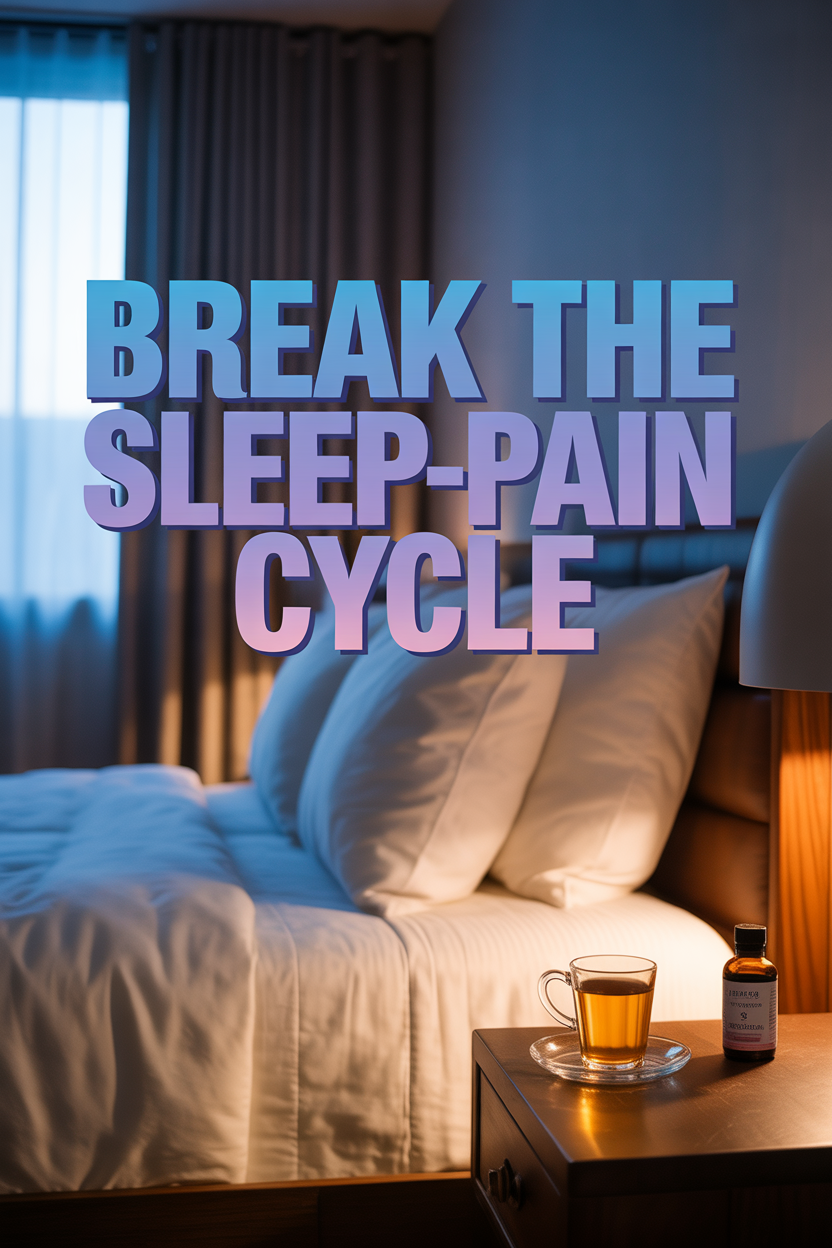
Long-term stress affects more than just your mind—it affects your body, too. It can make your muscles tighten up without you even realizing it, and it can make you more sensitive to pain.
Adding simple ways to lower stress into your day can bring real physical relief. These habits help calm your nervous system, allowing your muscles to relax.
Activities like deep breathing exercises, meditation, or gentle yoga have been proven to help reduce stress-related pain.
You don’t need a lot of time to feel the benefits. Even setting aside 5-10 minutes a day for one of these stress-reduction techniques can make a big difference in how you feel.
How Gentle, Regular Movement Prevents Pain

It might sound strange to move when you’re sore, but gentle, regular activity is one of the best ways to feel better in the long run. It helps both prevent and relieve body aches.
Gentle exercise makes your muscles stronger, improves your flexibility, and supports your joints. It also releases endorphins, which are your body’s natural pain relievers.
Low-impact activities like walking, swimming, and cycling are excellent ways to start because they are easy on your body. Begin with short, 10-minute sessions and slowly do more as you feel stronger.
Just trying to move more during the day can also help a lot. Taking short breaks to stand up and stretch can prevent the stiffness that comes from sitting for too long.
The CDC explains the many benefits of adding regular physical activity to your life.
When Should I See a Doctor for My Aches?
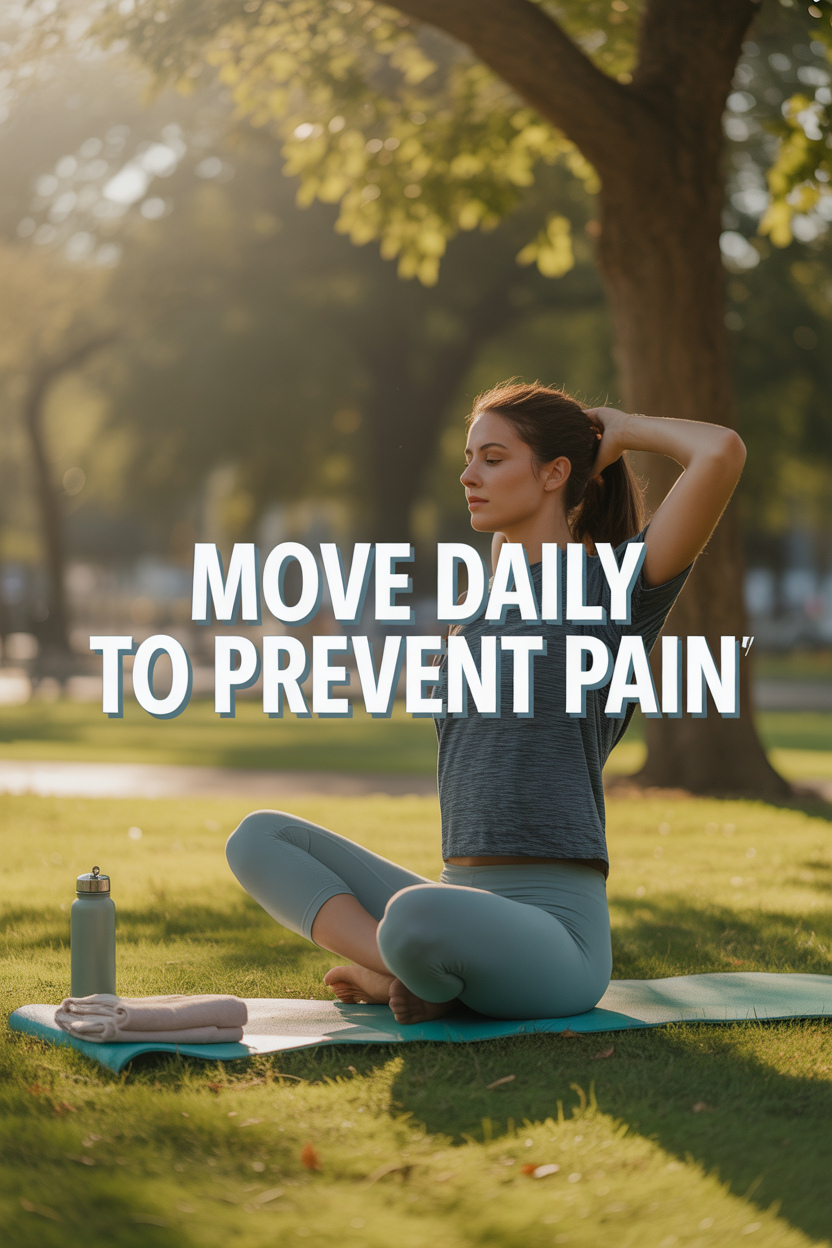
Most body aches go away with a little self-care and time. But sometimes, they can be a sign of something more serious. It’s important to know when it’s time to call a doctor.
You should seek medical attention if your pain comes with other troubling symptoms. These red flags include losing weight without trying, a fever that won’t go away, sudden weakness, or numbness in any part of your body.
Also, see a doctor for any severe pain that doesn’t get better with rest, any pain that starts after an injury, or any ache that keeps you from sleeping or going about your day.
As a general rule, if you have pain that lasts for more than a few weeks, it’s always a good idea to get it checked out by a professional. This helps make sure it’s not a serious issue and gets you on the right path to feeling better.
How Can I Create a Plan for Long-Term Relief?

The best way to handle body aches is to get ahead of them. Making a personal plan can help you stop the pain before it starts.
A good place to start is by keeping a simple journal. Write down when you feel pain and what might be causing it, like certain foods, activities, or stress. This will help you learn your body’s patterns.
Once you see your triggers, you can make a plan to avoid them. This could mean making your desk chair more comfortable, taking regular breaks to move, or practicing daily stress relief.
For those with ongoing pain, long-term relief often comes from small lifestyle changes. Focus on simple things you can stick with, like keeping a healthy weight to reduce pressure on your joints.
Good sleep habits, gentle exercises to build your core strength, and practicing good posture are all powerful habits. They support your whole body and help calm your nervous system.
These small, consistent efforts often work much better for managing chronic pain than big, temporary fixes.
Warning Signs: When Home Remedies Aren’t Enough

Seek medical attention for pain accompanied by unexplained weight loss, which can indicate serious underlying conditions. This combination should never be ignored.
Fever alongside body aches might indicate infection requiring professional treatment. This is especially important if the fever persists for more than a day.
Muscle weakness that accompanies pain could signal neurological issues that need evaluation. True weakness differs from fatigue and limits your ability to perform normal movements.
Severe pain that doesn’t improve with rest, especially if it wakes you from sleep, warrants medical evaluation. This pattern often indicates conditions beyond everyday muscle strain.
Pain following an injury that seems disproportionate or doesn’t improve within a few days should be assessed by a healthcare provider.
Persistent pain lasting more than a few weeks, even if mild, deserves professional evaluation to prevent progression to chronic pain conditions.
Creating Your Personalized Body Ache Prevention Plan

Track your pain patterns in a simple journal to identify triggers specific to your body. Note activities, foods, stress levels, and sleep quality alongside pain ratings.
Implement proper ergonomics in your workspace and daily activities to prevent repetitive strain. Small adjustments often yield significant improvements over time.
Schedule regular movement breaks throughout your day, especially if you work at a desk. Even two minutes of stretching every hour can prevent pain from developing.
Maintain adequate hydration based on your activity level and environment. Your needs may vary seasonally and with different types of activities.
Develop stress management techniques that work with your personality and schedule. Different approaches work for different people—find what genuinely helps you relax.
Adjust your plan based on results, recognizing that body ache prevention is highly individualized. What works for others might not work for you, and that’s perfectly normal.
Long-term Lifestyle Adjustments for Chronic Pain Management

Maintain a healthy weight to reduce joint strain, particularly on weight-bearing areas like knees, hips, and spine. Even modest weight loss can significantly decrease pain.
Develop consistent sleep habits that support your body’s natural healing processes. Quality sleep improves pain tolerance and reduces inflammation throughout the body.
Build core strength through appropriate exercise to better support your spine and improve posture. A strong core serves as a natural back brace.
Practice good posture throughout the day to prevent unnecessary strain on muscles and joints. Set reminders or use physical cues in your environment to check your alignment.
Develop stress management routines that address the emotional aspects of chronic pain. The mind-body connection significantly influences how we experience physical sensations.
Focus on small, sustainable changes rather than drastic temporary measures. Consistency over time yields better results than periodic intense efforts followed by regression.






